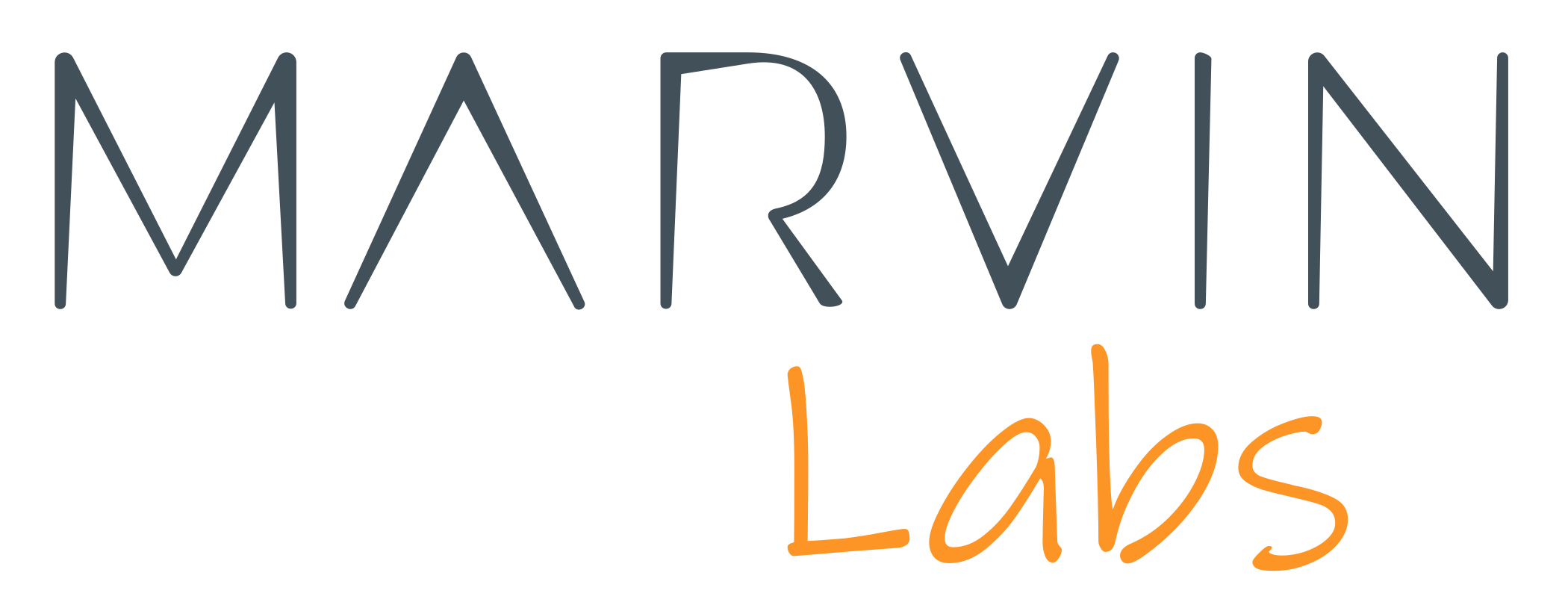MARVIN Lens Demonstration
Automating the Industry Standard
MARVIN Lens is designed to automate the American Society for Testing and Materials Standard test method (ASTM D7391-20) for identifying and quantifying airborne mold spores. Like a human analyst, MARVIN Lens results are subjective to experience, and training. However, as the system is automated results can be expected to remain consistent where a human analyst would begin to suffer mental and optical fatigure that will introduce new errors into their analysis.
Excerpt from ASTM D7391-20:
This test method is used to estimate and categorize the number and type of fungal structures present on an inertial impactor sample. Fungal structures are identified and quantified regardless of whether they would or would not grow in culture. It must be emphasized that the detector in this test method is the analyst, and therefore results are subjective, depending on the experience, training, qualification, and mental and optical fatigue of the analyst.
This standard was developed in accordance with internationally recognized principles on standardization established in the Decision on Principles for the Development of International Standards, Guides and Recommendations issued by the World Trade Organization Technical Barriers to Trade (TBT) Committee.
How MARVIN Lens Works
MARVIN Lens is set to analyze samples that have been laid out horizontally only. The microscope will scan 150 fields horizontally to capture a full trace of 10mmx1mm.
For each of the 150 fields, the AI scans through the depth of the sample to capture any spores located in at different depths in the impaction medium. That scan is turned into a composite image that the AI then applies its classifiers to for identification.
The Figure on the right shows the correct geometry for the mount.

All of the sample images from an analysis are retained on the device and exportable by the user for their records/validation.

Once the sample has been analyzed, the user can then review the images and make corrections as they see fit by simply tapping the classifier box and selecting their correction from the drop down menu.

Development of MARVIN Lens
MARVIN Lens consists of both a robotic microscope, and our highly trained Artificial Intelligence to perform analysis. The robotic microscope, designed and built by MARVIN Labs, is an assembly of standard microscope components combined with actuators and electronics to drive the motion of the stage, focus, and objective turrent. Developing the robotic microscope in-house has been a key part of our strategy to provide accessibility, as other robotic microscopes typically cost $50,000 or more without any AI capabilities!
The MARVIN Lens AI was created over many years through collaboration with AI experts, mold experts, and microbiologists. To create the AI was a highly involved process:
-
- Planning, and lots more planning.
- Collection of hundreds of varied mold samples collected from the field, and generated in the laboratory.
- Imaging and digitization of the samples through the MARVIN Lens robotic microscope to create a library of images.
- Analysis of the images by trained microbioliogists through our software tools to tag mold spores by morphology, species, and family.
- Experimentation and development of custom AI algorthims to be applied to the mold problem.
- Training our AI algorithms with our extensive library of microbiolgist created images of mold spores.
- Integrating the AI algorithms onto the robotic microscope platform to enable real-time identification of mold spores.
- Validating the performance of the MARVIN Lens system for new mold samples not used in development of the AI.
The output of this process is a series of AI algorithms which run on the MARVIN Lens platform that today has analysed more than 15,000 mold samples from commercial mold consulting jobs.
